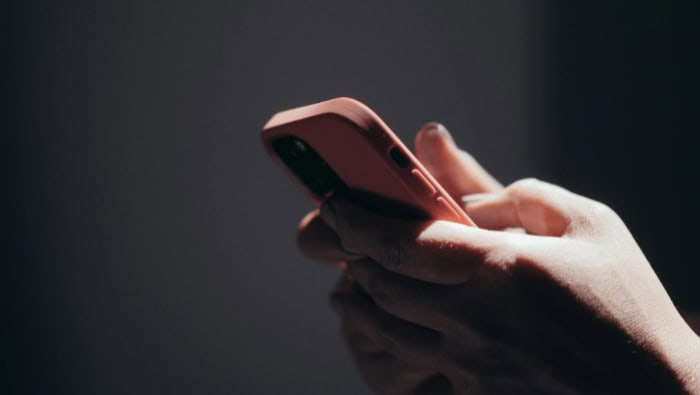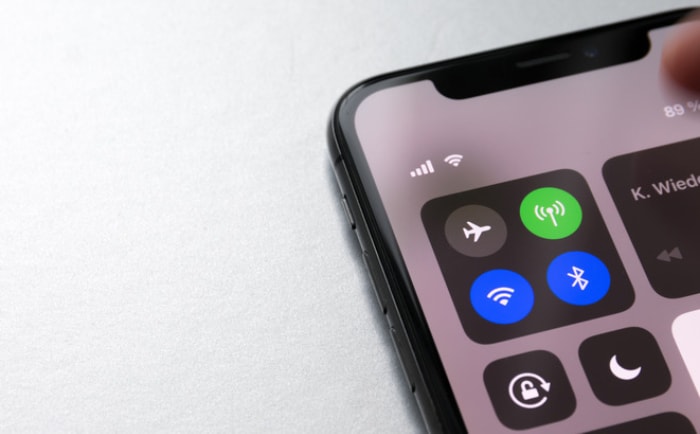Why Is My iPhone Getting Hot? Top Reasons and Easy Fixes

Grabbing your iPhone and noticing it feels hot can spark immediate concern, especially if it happens more than once. What starts as slight warmth can quickly lead to sluggish performance, rapid battery drain, or even automatic shutdowns meant to protect the device.
These temperature spikes aren’t just inconvenient, they signal that your iPhone needs attention before lasting damage occurs. Whether your phone heats up during long gaming sessions, intense summer days, or overnight charging, pinpointing the cause is the first step toward a cooler, more reliable experience.
Immediate Causes and Solutions
Noticing your iPhone getting hot often leads to worries about its safety and performance. Heat can build up quickly, sometimes within a few minutes, depending on your environment or how you are using the device.
Recognizing what sparks the problem is the first step to keeping your phone running smoothly. Immediate causes often result from a combination of environmental factors and usage habits, but the good news is that simple adjustments can make a significant difference.
Environmental and Usage Triggers
Several everyday situations can send iPhone temperatures climbing faster than expected. Exposure to direct sunlight is one of the most common culprits.
Leaving your phone on a dashboard, by a sunny window, or out in the sun at the beach can lead to internal temperatures rising above 35°C (95°F). Apple’s safety mechanisms will often kick in and shut the device down to prevent hardware damage, but repeated overheating can still have lasting effects.
Intense activities also play a major role. Running games with high-quality graphics, streaming high-resolution 4K videos, or using demanding augmented reality apps can push your iPhone’s processor and graphics chip hard.
Prolonged periods of heavy use cause the internal components to generate more heat, which quickly translates to a warm device in your hand or pocket.
The type of case you use can also contribute. Chunky or heavily insulated cases trap heat against the body of the phone, preventing it from dissipating naturally.
While these cases offer extra protection, they can hold in warmth during periods of heavy use or when charging.
Quick Fixes
Rapid cooling often comes down to making a few quick changes. If your iPhone feels hot, removing the case allows heat to escape more freely.
Keeping the device out of direct sunlight and away from other warm places, such as cars on a sunny day or near heat sources, can quickly lower its temperature.
Charging your phone in a cool, shaded area is another simple but effective habit. Charging generates additional heat naturally, so avoid plugging in your device when in hot environments.
If your phone is working hard, such as during a gaming session or a long video call, pausing these activities can help it cool down faster.
Enabling Airplane Mode stops many background processes and wireless signals, reducing the workload on internal components. Shifting to less demanding tasks, like reading or messaging instead of gaming or video streaming, also helps gradually bring the temperature back to normal.
Software and System-Related Factors
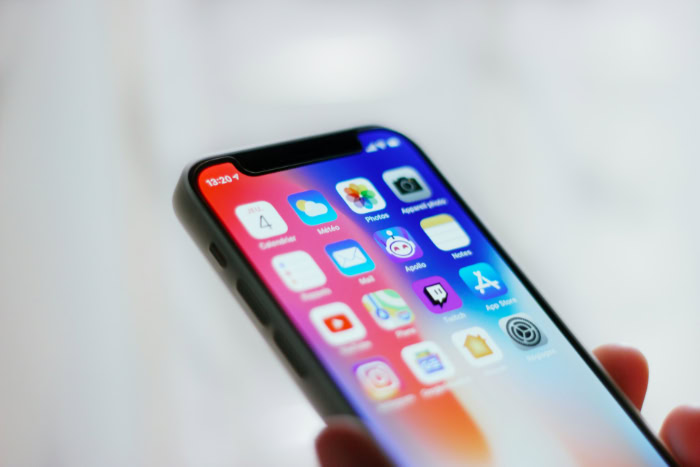
Heat problems on an iPhone are not always caused by the environment or how you’re holding your device. Software and system-related issues can just as easily lead to excess warmth, sometimes without any clear warning.
Apps and background processes work silently, often consuming power when you least expect it. Outdated software can also strain your iPhone’s resources.
Resource-Intensive Apps
Modern smartphones rely heavily on efficient software management. Some apps, especially those that run automatic tasks in the background, are notorious for using a surprising amount of battery and processing power.
Cloud backup services, for example, can perform large uploads or sync operations without direct user input. Apps that misbehave or have hidden bugs may also keep your CPU active more than necessary, leading to heat.
An outdated version of iOS may impact efficiency. As the system ages and newer apps demand more from the hardware, problems can arise if updates are ignored.
Older software might not manage background processes as effectively, leading to overheating even during routine use.
Optimization Strategies
Simple adjustments to your software habits can help keep your iPhone cool and efficient. Checking the “Battery” section in your settings reveals which apps are using the most power.
If any unexpected apps are consuming lots of energy, consider force quitting or even uninstalling them.
Enabling automatic iOS updates can make a difference. Software updates often include fixes for bugs and improvements that reduce resource usage.
Staying current means your device benefits from Apple’s efficiency optimizations.
Restarting your iPhone every so often is also helpful. A fresh reboot clears lingering background processes, resets stalled apps, and gives your system a needed break.
Together, these habits not only lower the risk of overheating but also help your iPhone run faster and more reliably each day.
Battery and Charging Challenges
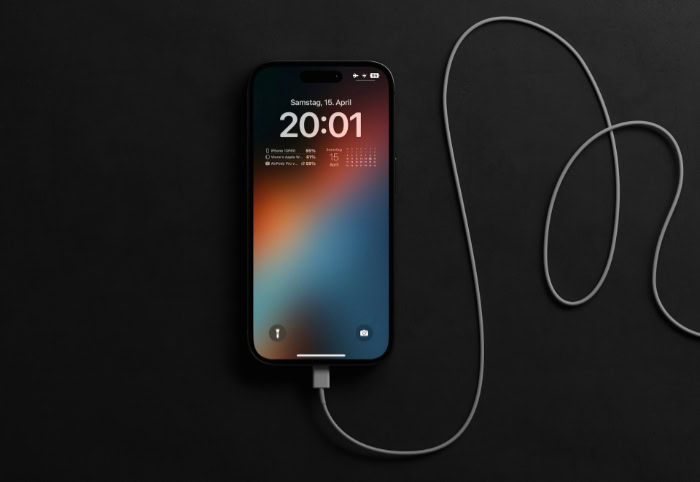
Many instances of an iPhone running hot can be traced directly to battery condition and charging behaviors. The health of your battery and the accessories you use play a huge role in how much heat is generated during everyday use and recharging.
Ignoring battery maintenance or choosing low-quality chargers may not show signs right away, but over time, both can contribute significantly to excessive warmth and even lower device safety.
Battery Health and Charging Habits
As batteries age, their ability to hold and deliver power efficiently begins to decline. Degraded cells work harder during charging and regular operation, leading to more heat than a new battery would produce in similar situations.
Frequent charging, repeated draining, and using your phone while it’s plugged in can all speed up this wear-and-tear process.
Charger quality also matters more than many people expect. Non-certified cables or adapters, often found online or at discount prices, can disrupt the smooth flow of power into your device.
Inconsistent charging can create mini power surges, resulting in extra heat. Wireless charging is another factor to keep in mind, especially in already warm environments, because wireless pads tend to generate more warmth than traditional cables.
Mitigation Steps
A few proactive steps can go a long way toward keeping your iPhone’s battery safe and cool. Regularly checking the Battery Health Status under Settings helps you monitor the performance and overall capacity of your battery.
If the “Maximum Capacity” percentage drops below 80, replacement becomes an option worth considering, as older batteries are much more prone to overheating.
Always using Apple-certified cables and chargers ensures your device receives the correct amount of power without unnecessary stress. On particularly hot days, or if your iPhone is already warm from heavy use, switching to a wired charger in a cool spot reduces the risk of extra heat buildup.
Avoiding wireless charging under high temperatures provides further protection.
Advanced Diagnostic Tools and Troubleshooting
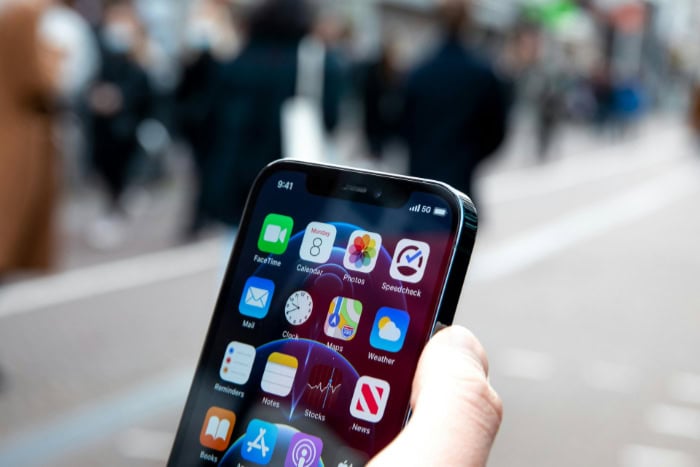
Sometimes, iPhone overheating issues are not resolved through basic tweaks or habits alone. When heat problems persist, advanced diagnostics and troubleshooting can give you deeper insight into what’s really happening with your device.
Using both built-in features and specialized tools, you can pinpoint hidden causes, monitor performance, and reset problematic settings without losing your personal data.
Built-In Diagnostics
iOS comes with several helpful diagnostic tools you can access without technical skills. The Battery Health check, found within your settings, reveals not only your battery’s maximum capacity but also whether it can deliver peak performance.
A battery that struggles to maintain capacity or shows signs of reduced performance often contributes to recurring heat issues.
System reports provide another layer of insight. By reviewing crash logs and background activity histories, you can spot patterns where certain apps may be running excessively or failing to close properly.
This information helps you identify software that could be taxing your iPhone’s hardware and contributing to the temperature rise.
Advanced Solutions
If regular maintenance and diagnostics don’t resolve the problem, more in-depth troubleshooting may be necessary. Resetting all settings in your iPhone’s general settings menu can help eliminate configuration errors that may be keeping certain features or services running in the background.
This reset does not erase your personal data, but it does return your system settings to factory defaults, which often resolves stubborn issues.
For those who want even more detailed information, third-party apps are available from the App Store that track your CPU and GPU temperatures in real time. These tools can help you see exactly when and why your device heats up, allowing you to make targeted changes and prevent further issues.
Long-Term Prevention Strategies
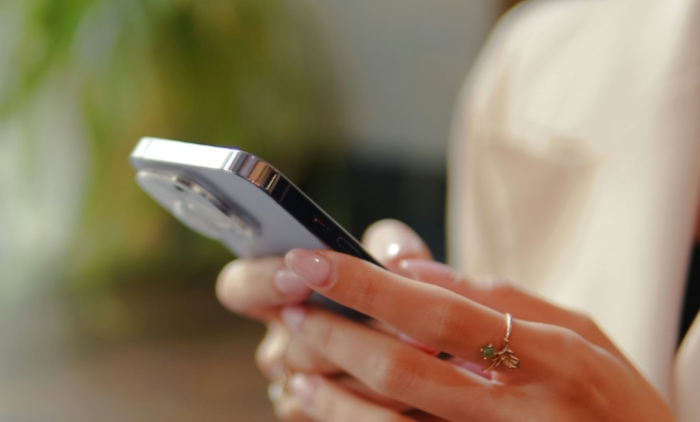
Keeping your iPhone running cool and efficiently does not have to be a challenge. Adopting a few long-term prevention habits ensures your device maintains peak performance while avoiding overheating episodes.
Both physical choices and software routines work together to reduce the stress on your phone, making it less likely to run hot during daily use.
Physical and Software Maintenance
Cluttered storage or a jam-packed home screen does more than take up space, it forces your iPhone’s processor to work harder, especially as applications compete for limited resources. Regularly deleting unused apps, photos, and large files not only speeds things up but also limits unnecessary background activity that can contribute to heat.
It’s a simple step that helps maintain a healthy balance for both storage and system performance.
Choice of phone case also has a surprising impact on how well your device manages temperature. Thick, dark cases are more likely to trap heat compared to lighter-colored options made from materials designed to dissipate warmth.
Opting for cases that allow better airflow or are constructed specifically for heat release makes a real difference during heavy use or sunny days.
Proactive Measures
Sometimes prevention comes down to using the right settings at the right time. Activating Low Power Mode during periods of heavy usage, such as gaming sessions or when running multiple apps, immediately reduces power consumption and helps keep your iPhone cool.
Setting reminders for routine iOS updates and scheduling periodic app cleanups protect your device from bugs and inefficient code that can lead to overheating.
Avoiding overnight charging, particularly in warm rooms or during the summer, further reduces risk. Charging creates heat naturally, and letting the process continue for hours while temperatures remain high can strain your battery over time.
Instead, choose to charge in the early evening or a cool part of the day, then unplug once your phone reaches a full charge.
Conclusion
iPhone overheating often traces back to a combination of environmental conditions, demanding apps, and battery or charging habits. Direct sunlight, high-performance tasks, and insulating cases can cause temperature spikes almost instantly.
Persistent heat issues may also arise from resource-heavy software, outdated iOS versions, degraded batteries, or poor-quality charging equipment. Quick actions like removing your case, taking advantage of system tools, and restarting your device can bring immediate relief.
For lasting improvement, adopt smart charging habits, keep software up to date, choose heat-dissipating cases, and regularly clear unnecessary files and apps.
Taking small, proactive steps pays off in the long run. Staying attentive to your iPhone’s condition helps prevent future overheating, extends battery health, and ensures smoother performance every day.
Prevention truly is the best way to keep your device reliable, responsive, and safe well into the future.
